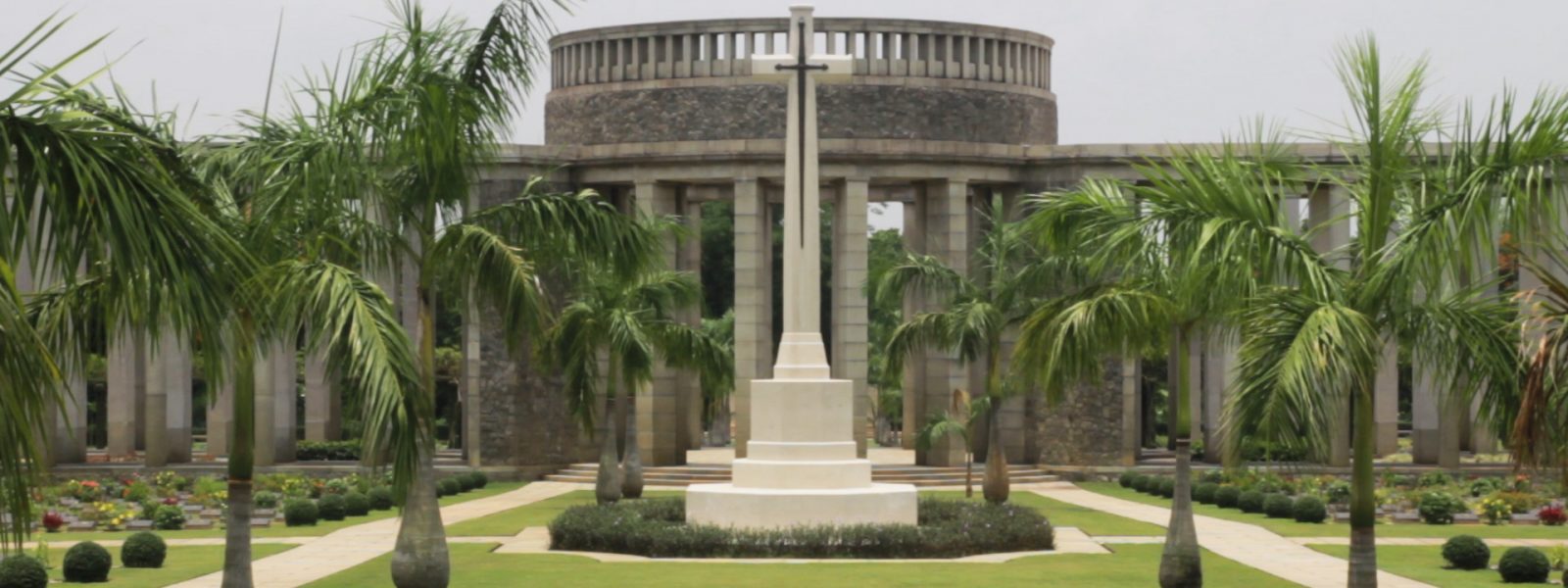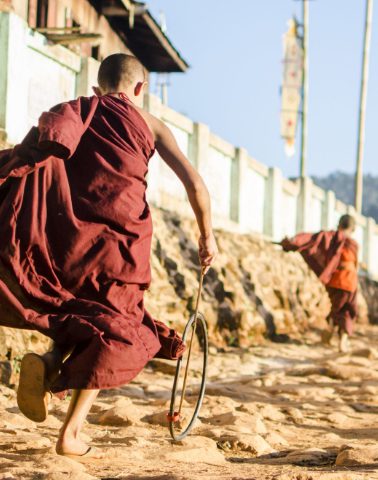
Subscribe to our mailing list
We are still here! Let us send you tips for travelling through Myanmar and stories from the road …
At the beginning of 1942, alongside the Japanese Imperial Army, the Burma Independence Army (BIA) marched into Burma to drive out the British and gain independence. Within Burma, anti-British sentiment was rife, and the BIA picked up many Burmese (ethnic ‘Bamar’) recruits, many of whom went on to commit appalling atrocities against those who continued to support Great Britain and its Allies against the Japanese.
The unprepared British forces suffered successive setbacks. They evacuated Rangoon in March 1942 and had retreated over the Indian border by May.
Many of the ethnic races within Burma, those from the border territories who the British had treated favourably in comparison to the Bamar majority, such as the Karen, Kachin, and the Chin, remained loyal to the British throughout the war. As the British left, the majority of these ethnic minority soldiers were ordered to return to their villages, conceal their weapons and be on guard and ready to fight when the British returned.
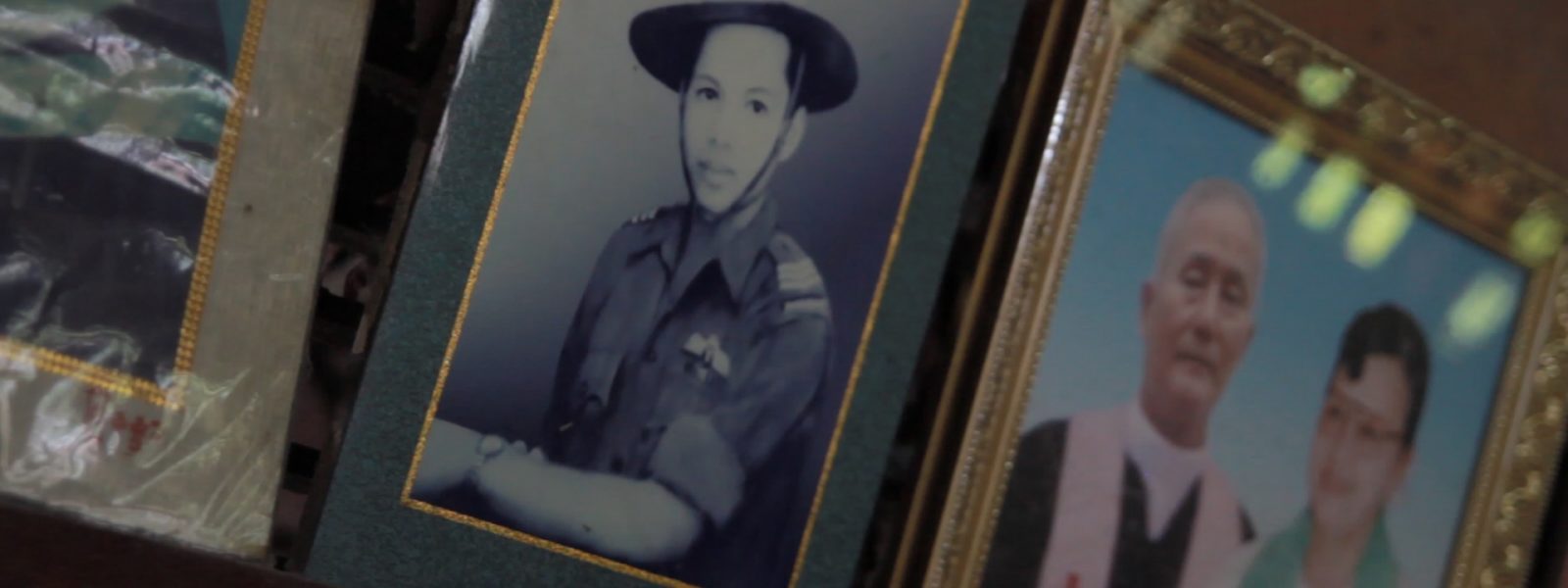
Major Hugh Seagrim, a British Officer in the Indian Army, also remained in Burma, camping out with his Karen troops in the jungles of Burma. He led these guerillas in a successful campaign of sabotage until, after a concentrated Japanese manhunt, his forces were almost completely wiped out. To prevent the ensuing torture of prisoners and attacks on Karen villages, Seagrim surrendered himself. Taken captive not in British uniform but in Karen dress, there was no question of the sentence. Seagrim was shot by the Japanese as a spy in 1944.
Particular attention was devoted to Seagrim in Yangon last November. After the ceremony at Rangoon War Cemetery, a plaque commemorating him was unveiled at the Holy Trinity Church in the centre of the city.
As brave as Seagrim was, the Karen he fought alongside were in many ways doubly heroic. In many cases the Japanese and Burmese forces were in possession of their homes, and often their families too, and at this point in the war the chances of a victorious British return were slim.
The country faded from British consciousness as it descended first into the quagmire of civil war, and then into outright dictatorship, disappearing behind a bamboo curtain.
Beyond their affection for the British, there was the added incentive for the ethnic minorities of Burma – and especially the Karen – to fight for the Allied Forces. There was much animosity between the Bamar and the ethnic minorities; something that had been exacerbated (and exploited) under British rule. The Karen wanted to govern their own autonomous state if and when the British left, and unofficial promises were given to them by the British that they would be supported in this if they fought alongside the Allies against the Japanese and the BIA.
And yet, the realities of politics did not prove favourable to the Karen. The British handed over the country to the Burmese in 1948 and left their wartime allies to fend for themselves.
The Burma Campaign, and the native soldiers who fought alongside the Allies, were soon forgotten in London. The country faded from British consciousness as it descended first into the quagmire of civil war, and then into outright dictatorship, disappearing behind a bamboo curtain.
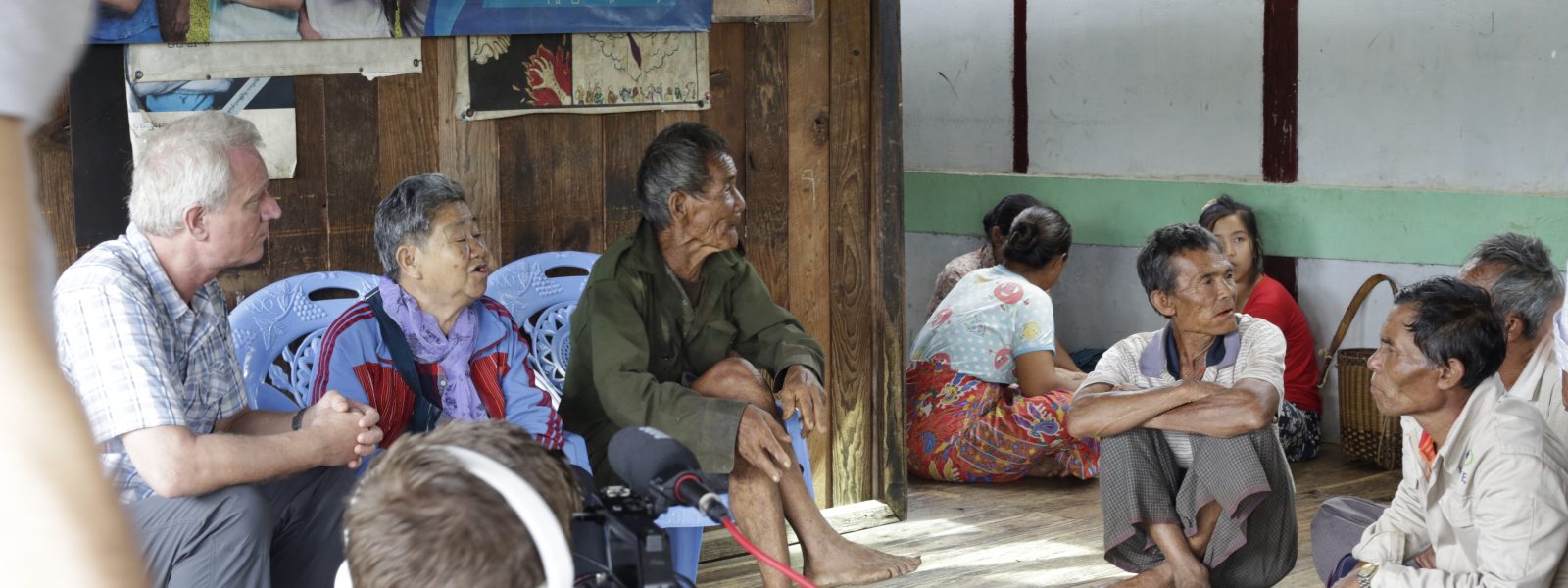
And yet, these veterans have not been forgotten by everyone.
Alongside the soldiers at Remembrance Day in Rangoon last year was Sally McLean, founder of the small British charity Help for Forgotten Allies (H4FA).
H4FA provides grants and supports these veterans who fought alongside the British in the Second World War. Many of these veterans and their families have been caught up in the conflicts that have wracked Burma since independence, scores driven to refugee camps on the Thai-Myanmar border. Others remain scattered in jungle and atop mountains throughout the country, often suffering appalling treatment by the Burmese military.
Sally’s involvement with the Karen and other refugees from Burma started over twenty years ago when she first went to visit some of these camps in the mid-1990s with the organisation Christian Solidarity Worldwide.
“It was me being moved to do something rather than just reading about it,” she said to us. “And I thought, I’m not going to just go along as a spectator, that would be pointless and voyeuristic, I am going to raise some money.”
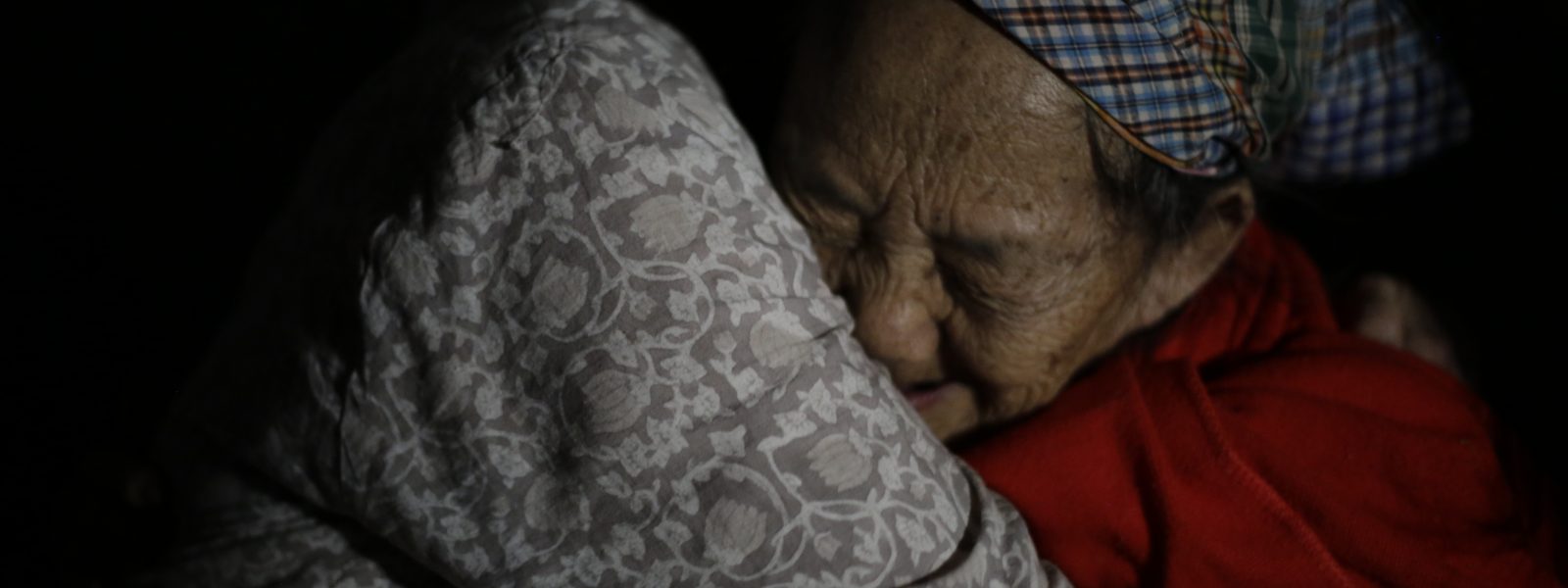
When visiting a hospital in Thailand’s Kanchanaburi Province in 1998 she met an elderly veteran called Saw Joshoo. Of this meeting she later wrote:
“Living among the dying and demented at the hospital – a rather grand term for what is little more than a large hut – was Saw Yoshoo, an old soldier who turned out to have been a pupil of my grandfather, headmaster of Government High School, Maymyo, Burma, who had to flee the Japanese advance.
“Aged 87, Saw Yoshoo was recruited into the Burma Rifles in 1934. Still perfectly lucid, he reeled off his name, rank, number and the name of his commanding officer. When I asked him what he would like me to do for him, he replied that I should ‘inform [his] officers’. His own poverty – one pair of trousers, no medication for his asthma – was clearly secondary.”
This meeting spurred her to approach the Royal Commonwealth Ex-Services League (RCEL) who then took on the responsibility of granting money to veterans such as Saw Yoshoo. When this was discontinued in 2007, Sally, alongside Colonel Sam Pope – a former Secretary General of the RCEL – founded H4FA to raise money so that the grants could continue.
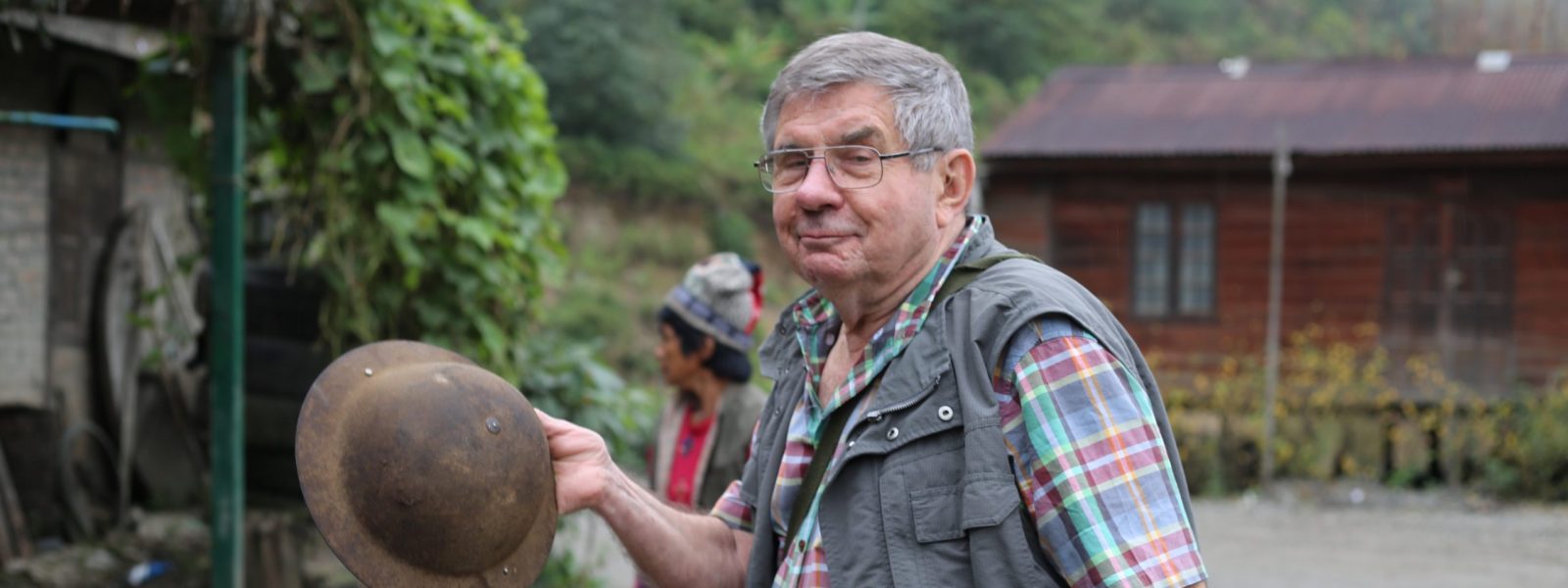
A fellow trustee of H4FA is Peter Mitchell. Peter’s father had fought with the Royal Artillery in Burma during the Second World War and had known Hugh Seagrim from their school days together in the 1930s. Peter himself later joined the Royal Artillery in the 1960s and was stationed in Malaysia / Singapore with the 28th Commonwealth Brigade.
Since becoming a trustee of H4FA in 2013 he has travelled to Myanmar four times and visited the Tiddim Road in Chin State where his father fought. The Chin people were loyal allies of Britain throughout the war, and it was because of his father’s admiration for Seagrim and the Karen, Chin and Kachin that Peter chose to join Sally as a trustee.
Through Peter’s son, he and Sally were introduced to Alex Bescoby, co-founder of the production company Grammar Productions, who at that time were working on their film “We Were Kings” telling the story of the descendants of Burma’s royal family. Gradually the idea came about for Grammar Productions to make a film about the veterans that H4FA were helping.
In Autumn 2017, Grammar Productions joined H4FA on a trip to visit these veterans in Chin, Kayin (Karen), and Kayah States.
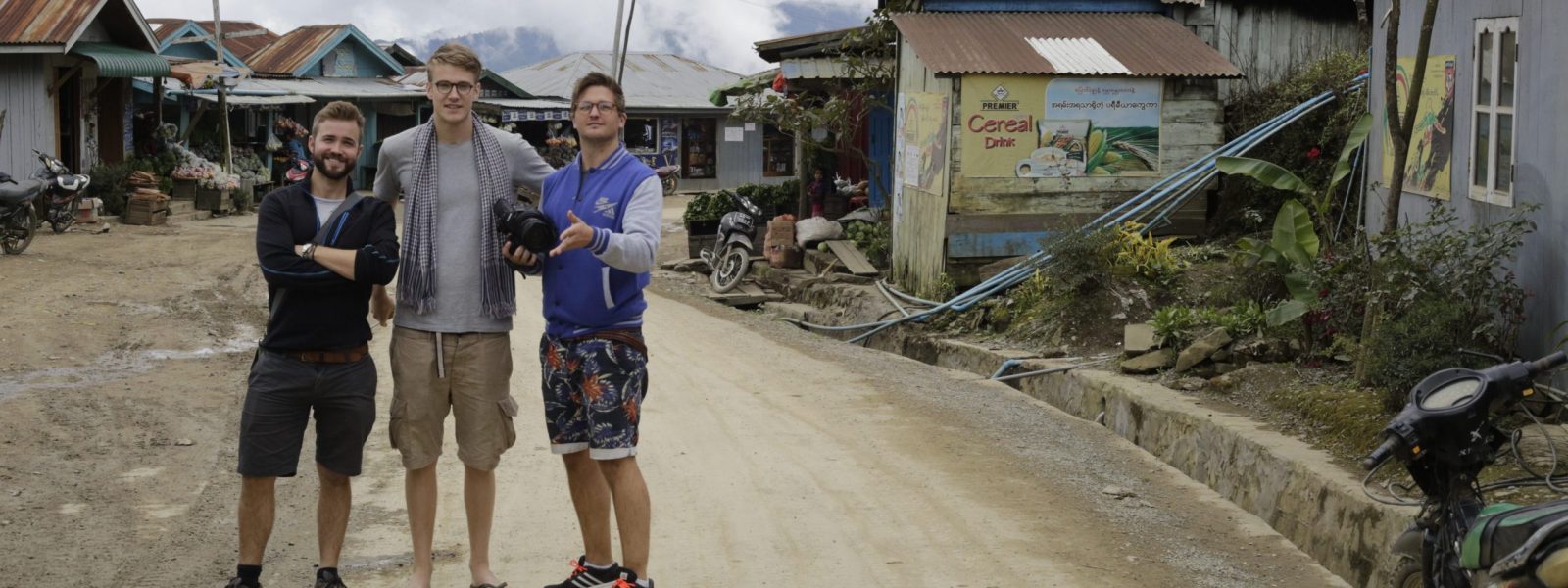
Sally lightens as the talk turns to her trip with Grammar.
“That was really lots of fun. It was great to have them there. I think, if I go around visiting the veterans and widows, they just get some older lady coming to see them. That is all very nice, but to have a film team come to see them – that is something else again. That is a huge recognition. They were more than thrilled.”
Fun though the trip may have been, it was also poignant.
The mission of Help for Forgotten Allies is in its twilight days. As these veterans enter the last years of their lives, the charity’s job is almost done. Above and beyond raising money for these men, the raison d’etre of the film “Forgotten Allies” is to record these stories before it is too late.
This point was made to us by Duncan Gilmour, another trustee of the charity who also travelled with Sally, Peter and Grammar Productions team:
“Any publicity we get always brings in a surge in donations. That is alway welcome. But there is a wider aspect. That is the acknowledgment and tributes to these old folk who fought; who should take great credit in their part defeating Japan, and for protecting the British. Many more British lives would have been lost if they had not been so loyal and helpful.”
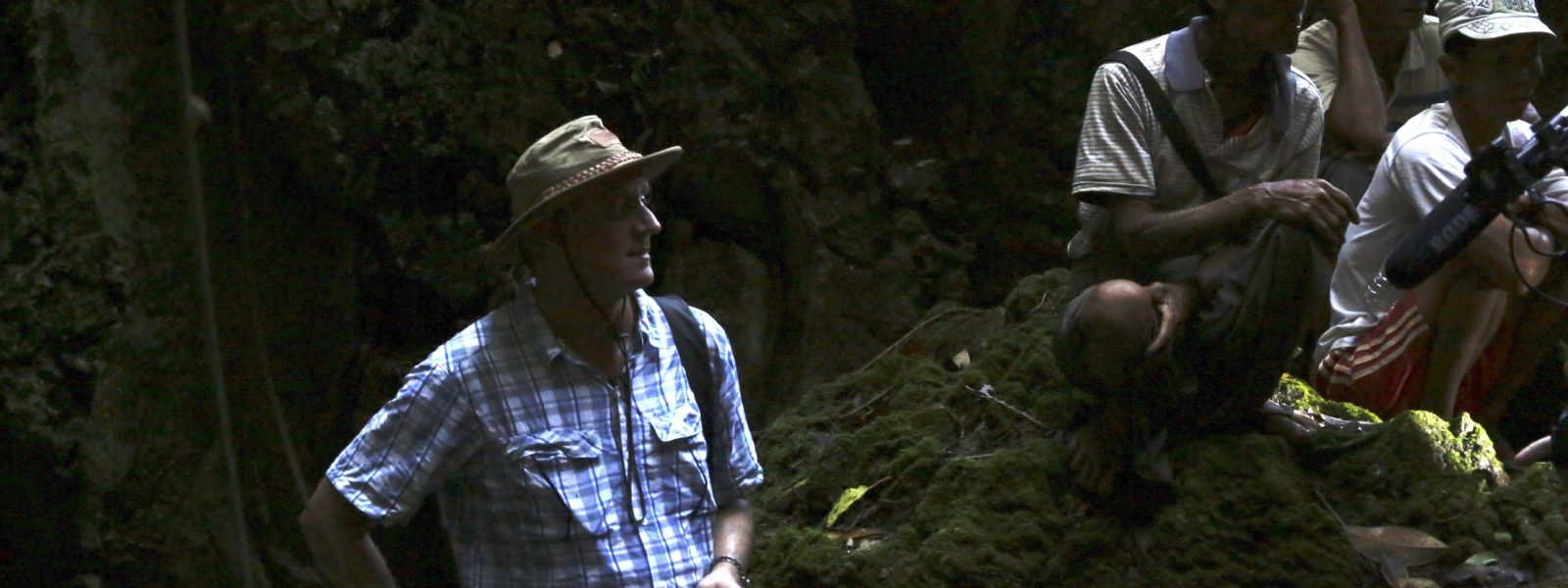
Duncan’s family lineage is even more wrapped up with the exploits of the ethnic veterans. His grandfather was Colonel Peacock who led one of the largest operations of the Special Operations Executive (SOE) in the Burma Campaign.
Peacock had initially worked in Burma for over 20 years in the Forestry Service, eventually rising to Deputy Conservator of Forests.
“He was a jungle man, rather than a desk man,” Duncan tells us. “He spent as much time as he could in the forests, and he knew and was known to all the headmen throughout Burma.”
When the Second World War broke out Peacock was 52. He lied about his age at the recruiting office and was conscripted as private into the Royal Artillery.
He was soon moved up to Sergeant and later became Lieutenant, recruited to give lectures in jungle warfare in Karachi just after the British had been driven out of Burma in May 1942. He was brought to the attention of the Special Forces Executive, the forerunners of the SAS, and he was sent up to operate in the Imphal region where the Japanese were threatening to pursue the British into India. There he trained and worked alongside many who went on to do great things in the Burma Campaign.
He became one of the main commanders of SOE, known as Force 136 in Burma, whose mission it was to get behind the Japanese lines and cause as much disruption as possible.
Peacock, at this point Colonel, led Operation Character, one of the largest SOE operations, commanding 80 British officers and around 12, 000 Karen guerillas.
Without the tribesmen it could not have been done. They were fearless and they were cunning; they were brave, and they were loyal, and they protected the British.

Initially, when the Japanese reigned supreme in the jungle, the main thrust of Force 136 in Burma, was to get into the ‘guts’ of the enemy and sabotage their lines of communication. As the war moved on and the Allied Forces pushed onto the offensive, the focus of 136 shifted to protecting the Fourteenth Army as they advanced towards Rangoon.
“Without the tribesmen it could not have been done”, Duncan says. “They were fearless and they were cunning; they were brave, and they were loyal, and they protected the British. Hiding injured soldiers, taking up little known paths. It was really down to the locals that it was so successful.”
And successful it was. At the time of its conclusion Operation Character had accounted for nearly 11,874 Japanese dead for just 22 of their own, a kill ratio of 545/1. The thousands of Japanese still in Burma were a scattered bunch, with many trapped and falling victim to disease in the hills around Pegu (Bago), east or Rangoon.
The atom bombs were dropped in August, and Tokyo surrendered in September, bringing the war to a close.
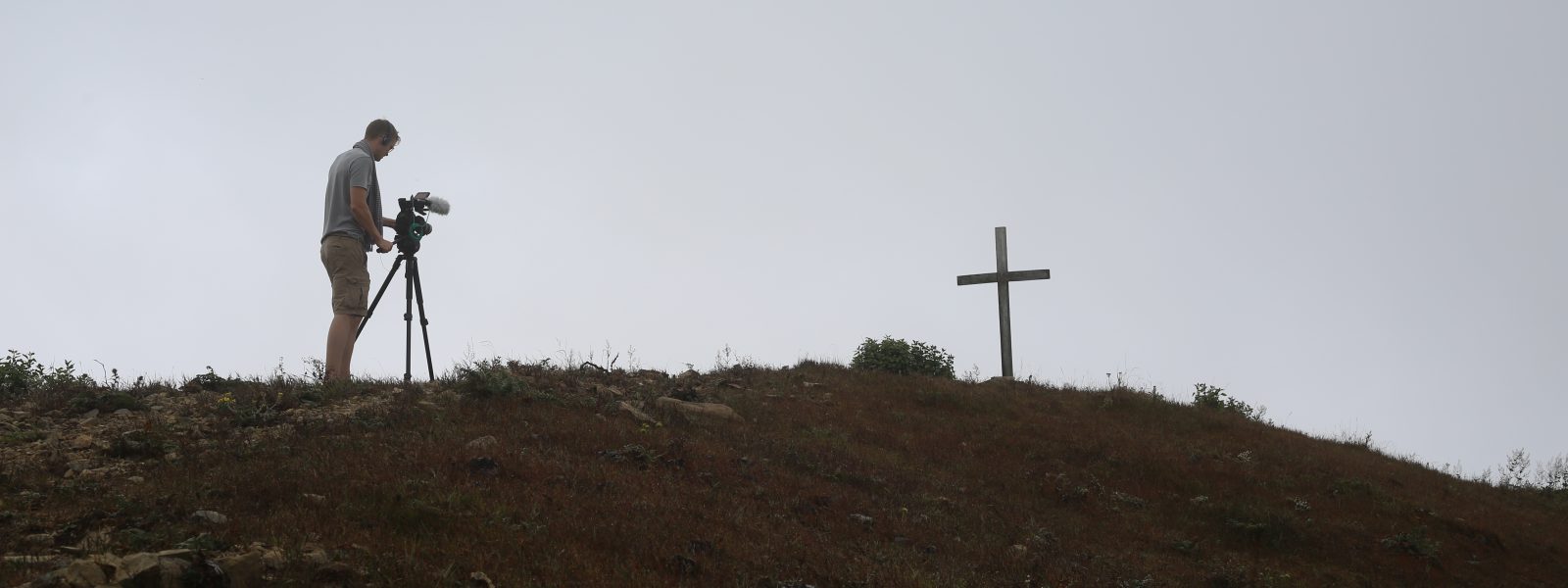
However for the Karen, any end of war celebrations were short-lived. The messy world of politics soon began to infringe on the relationship of wartime allies as the British prepared to quit Burma in as orderly a fashion as possible.
The Karen were confident in British support for an autonomous Karen state within the Commonwealth. However the new government in London under Prime Minister Clement Attlee was instead edging towards the idea of a unified Burma under the premiership of General Aung San, who had led the BIA to defect from the Japanese to join forces with the Allies in March 1945.
In July 1947 the Karen National Union formed its military wing, the Karen National Defence Organisation, and the following month declared independence from both Britain and Burma. When Burma officially gained independence from Britain in January 1948, the country quickly descended into war once more.
The conflict between the Bamar and the Karen was fierce, coming to a head at the Battle of Insein in January 1949. The Karen were on the cusp of taking Rangoon but were unable to secure the airport, allowing the Burmese Army to continue bringing in reinforcements until the Karen were pushed decisively back.
The conflict between the Bamar and the Karen was fierce, coming to a head at the Battle of Insein in January 1949. The Karen were on the cusp of taking Rangoon but were unable to secure the airport
The Karen continued to fight throughout the first decade of Burmese independence. Things only got worse for them when the country slipped towards dictatorship after the coup of General Ne Win in 1962, as Karen communities continued to be targeted by the Burmese Army.
The situation deteriorated further under the tenure of General Than Shwe from 1992 to 2011. In his biography of the brutal general, Benedict Rogers reports an anecdote whereby Ket Sein, a minister in Than Shwe’s government, jokes to a large meeting:
“In ten years, all Karen will be dead. If you want to see a Karen, you will have to go to a museum in Rangoon.”
It was into this context that Sally first began engaging with the Karen on the Thai border.
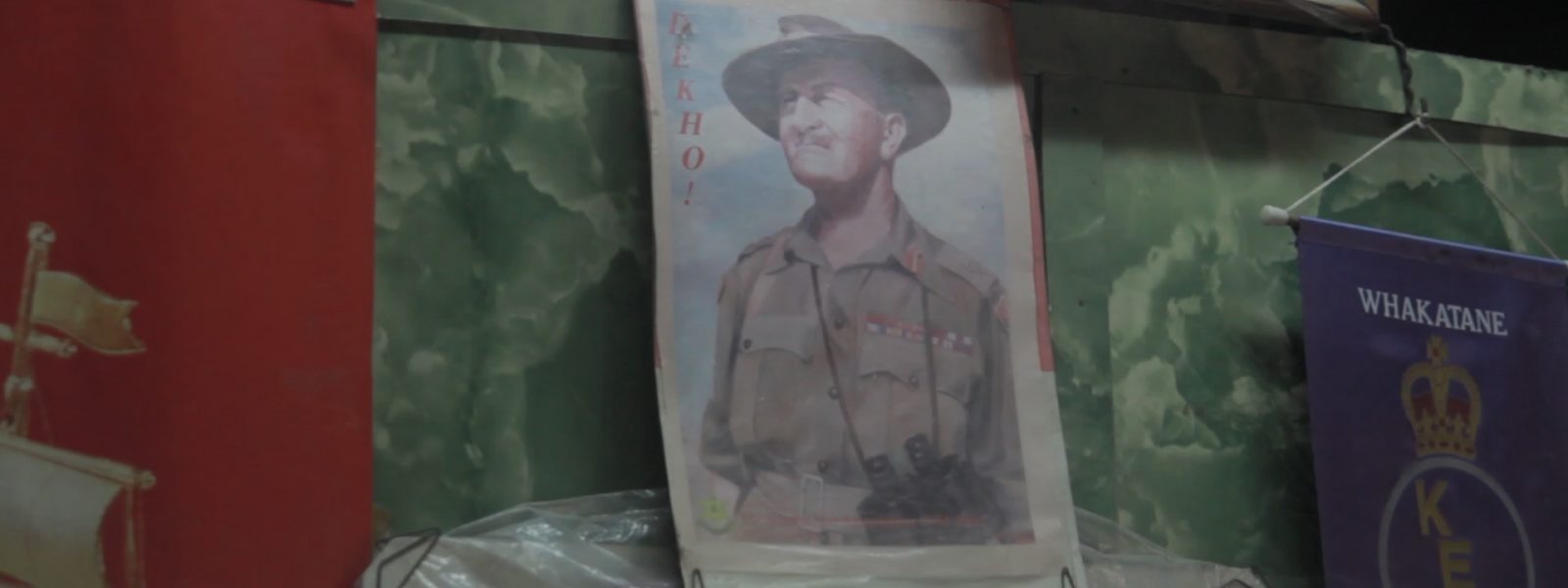
It is said that Major Seagrim once had a dream where a “kind of fairy” appeared to him, saying:
“You white men will ride the Karen people like a horse. But when you leave, the horse will have no rider and no stable.”
Before the fairy disappeared, Seagrim gave his promise that the British would never abandon the Karen.
Despite the years and despite the perceived betrayal by the British, Help for Forgotten Allies have witnessed a tenacious memory in the elderly veterans they have met.
One veteran that H4FA have been supporting is Saw Tun Thein who fought under the command of Colonel Peacock.
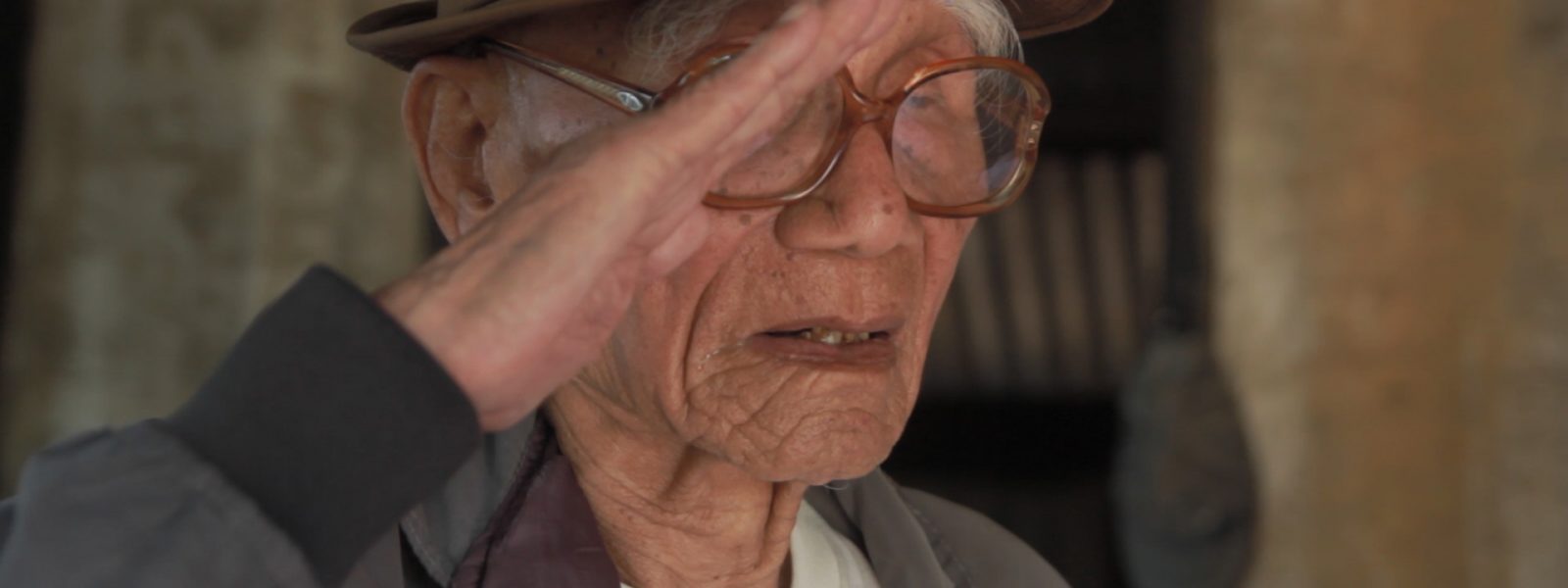
Duncan recounts meeting him in 2013:
“Saw Tun Tein, lived in Loikaw, fading fast, but he remembers my grandfather. I gave him a photo of him, and came back a year or two later and visited again. I mentioned my grandfather, thinking that he had forgotten who I was. He was bedridden, but beside him in the bed, in one of these Karen bags, he pulled out the plastic bag with my grandfather’s pictures in it.”
“We cannot forget the British,” another veteran said to Sally in 2008. “And we are still loyal to them, even if they forget us.”
Burma was a complicated country when the Japanese invaded, and it is only more complicated today. Help for Forgotten Allies is not in a position to build peace. And nor, for that matter, is Sampan Travel. But what we can do, those of us living here, and those of us who visit, is to listen.
As Peter says,
“When we meet with the old veterans and their families they are so appreciative of us coming all the way from the UK to see them. It is not just for the financial help we give them but, very importantly, they know that they are not forgotten and are still remembered with affection in Great Britain. This is deeply moving and thought provoking and humbling, in the context of all they did for us all those years ago.”
